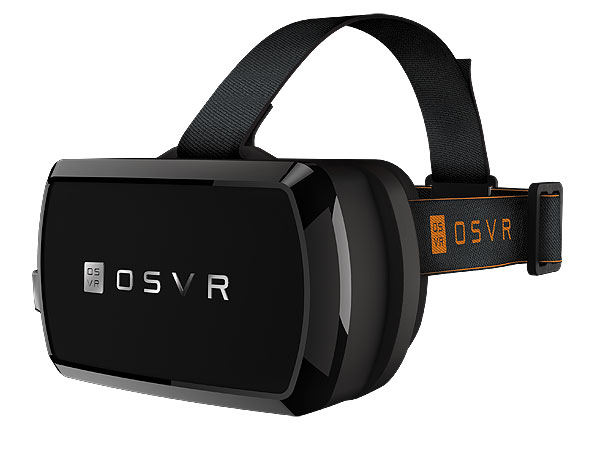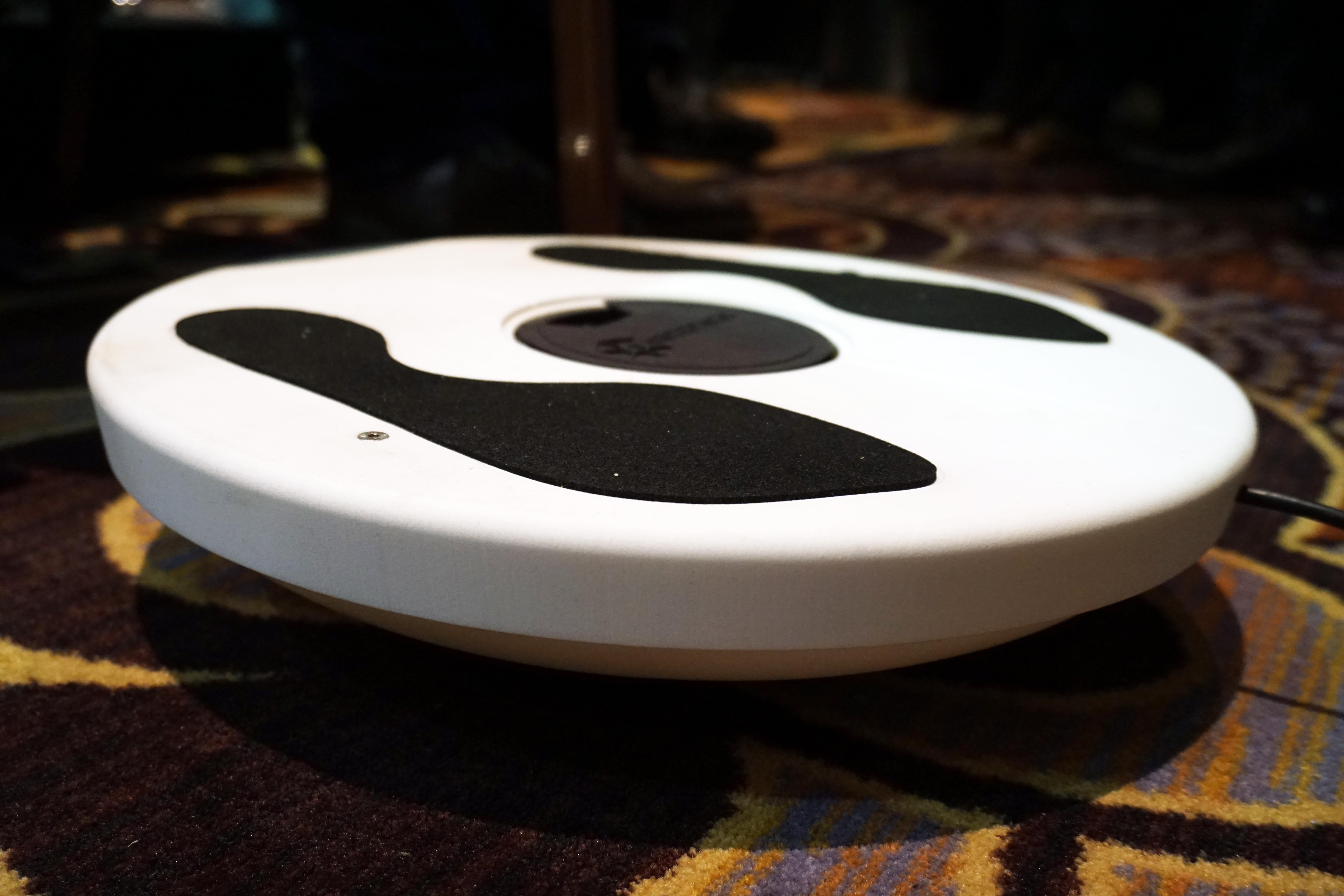Razer Announces More Developer Support, Academia Program For OSVR
Razer shocked everyone at CES when it announced an open-source alternative to Oculus in the form of the Open-Source Virtual Reality, or OSVR. Interested parties could either download the schematics for the company's HMD (head-mounted display) on Razer's website, free of charge, or buy the hardware and development kit. It's called the Hacker and costs $200, which is $100 less than the asking price for Oculus' kit.
It seemed that Razer's goal was not primarily about gaining revenue but about getting VR into the hands of as many developers as possible with an open-source VR display. As a result, we gave them a CES 2015 Top Pick as the Most Promising Development in VR. Today, OSVR is now supported by 38 development teams, and the company announced a new program to bring OSVR to universities, as well.
New Developers
At CES, companies such as LeapMotion, Gearbox Software and Sixense all jumped to OSVR, giving the project big support and paving the way for other developers to follow. Since then, 13 developers have also adopted OSVR into their products. One of those companies is Jaunt, a company specializing in cinematic VR. Two weeks ago, it announced a partnership with Australian airline Qantas to provide custom content for its first-class passengers with the Samsung Gear VR. Some of the content includes exploring an Australian nature scene, visiting a Qantas airport lounge, and watching a Qantas plane as it takes off and lands.
Another notable company to adopt OSVR is 3DRudder, a company which aims to use your feet as the controller for games or 3D modeling. At first glance, the peripheral looks strange with its bowl-like shape, but at CES we were so taken with its accuracy and ease of use that we gave it a CES 2015 Top Pick as Best Virtual Reality Peripheral. According to 3DRudder CEO Stanislaus Chesnais, the OSVR makes the development process easier when integrating it with the 3DRudder because of its open source software.
"We want as many developers as possible to integrate our controller into their games or software," he said. "The ability to combine complementary peripherals in an infinite way is very exciting. The game developers do not want to learn yet another SDK. They want the easiest integration possible. OSVR is all about this."
Chesnais added that the company is already seeing potential use with the OSVR that complements the 3DRudder, bringing what he calls "moving while seated" to the entire experience.
"For example, you'll be able to combine an HMD, a hand movement capture sensor, with the 3DRudder as the locomotion controller," he said.
Get Tom's Hardware's best news and in-depth reviews, straight to your inbox.
Even with a new peripheral to play with, Chesnais said that it won't hinder the development process for 3DRudder. While OSVR is a priority, he said that the main goal is still to get the 3DRudder to consumers by June. After that, focus will shift to provide more VR and 3D experiences to work with the device.
Academics
Razor also wants future developers to test the OSVR in the hopes that they might adopt the technology with their Academia Program. By signing up on the OSVR page, universities can get up to 10 Hacker Development Kits as well as the source code for OSVR. It's still unclear as to the specific eligibility criteria, but a main requirement is that the applying university must have, or intends to set up, a fully functional VR lab. Considering the amount of money needed to create a VR lab, the applications might be slim.
The Long Run
Regardless, it's clear that OSVR is gaining even more traction in the VR market. For the longest time, Oculus has been effectively the sole name in VR, and no one else was able to touch its progress, especially now that the company has Facebook's financial and technical support. With OSVR's open-source approach and cheaper development kit, many more companies could soon join the 38 developers. It's not exactly a head-to-head (no pun intended) race between Razer and Oculus, but it's becoming clear that Oculus is gaining a big competitor.
Follow Rexly Peñaflorida II @Heirdeux. Follow us @tomshardware, on Facebook and on Google+.
Rexly Peñaflorida is a freelance writer for Tom's Hardware covering topics such as computer hardware, video games, and general technology news.
-
whiteodian The R/D on Oculus is taking a very long time. I believe they started in 2012 and were bought by Facebook almost a year ago. If they can't beat other companies to have a final product, they will need to have the definitive BEST VR or lose out to open-source models such as this.Reply

